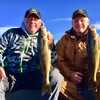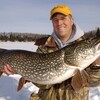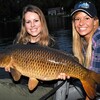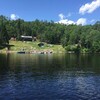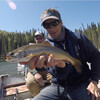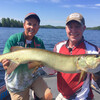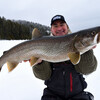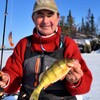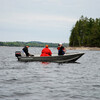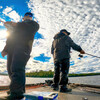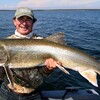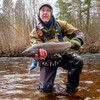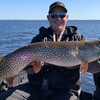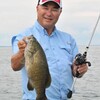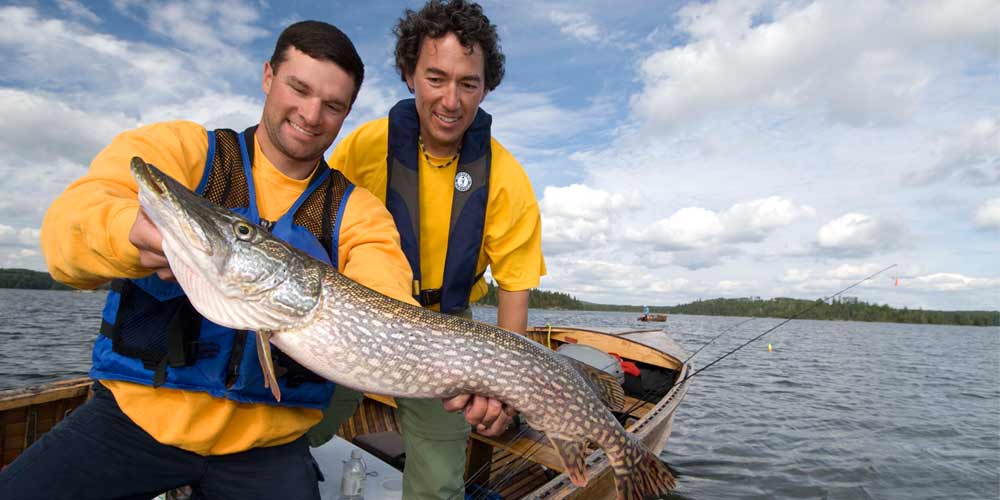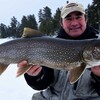
Different Strokes
Anglers have all kinds of terms to describe how to work a lure: chunkin’ and windin’; stroking; stop-and-go; jerking; burning; buzzing; ripping; jigging, etc. There are so many ways of working lures that it can be confusing. But, one of the cool things about fishing is that there’s no right or wrong way to use a fishing lure. Lures as nothing more than tools that help you catch more fish and those tools can be used in so many ways for so many different species of fish.
For example, when you think of crankbaits, the term “crankbait” says it all— cast them out and crank them in. Well, guess what? All of those floating, diving, suspending and lipless crankbaits can be used on a straight, “cast them out and wind them in” retrieve. There are other times that a “stop-and-go” retrieve, a “stroking” retrieve, will work better.
The key to successful fishing is trying to figure out whether the fish are aggressive or passive. If they’re aggressive, your approach can be aggressive. If they’re passive, your approach should be more passive, slow and defined, working a smaller strike zone.
Let’s look at lipless crankbaits as an example, and talk about how to use them in different situations.
Berkley Warpig And The Flatt Shad
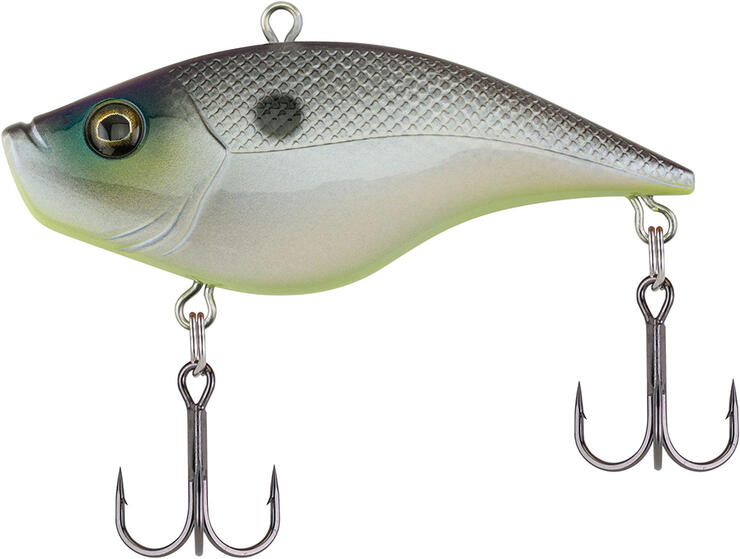
The Sebile Flatt Shad and the Berkley Warpig are two of my favourite lipless crankbaits and the ½-ounce versions are some of the most versatile lures you can get for Canadian fishing conditions.
Most people think of lipless crankbaits as open water lures but a lot of folks don’t know that they’re deadly through the ice too. I’ve used them through the ice in Manitoba and Ontario to catch some huge walleyes and lake trout.
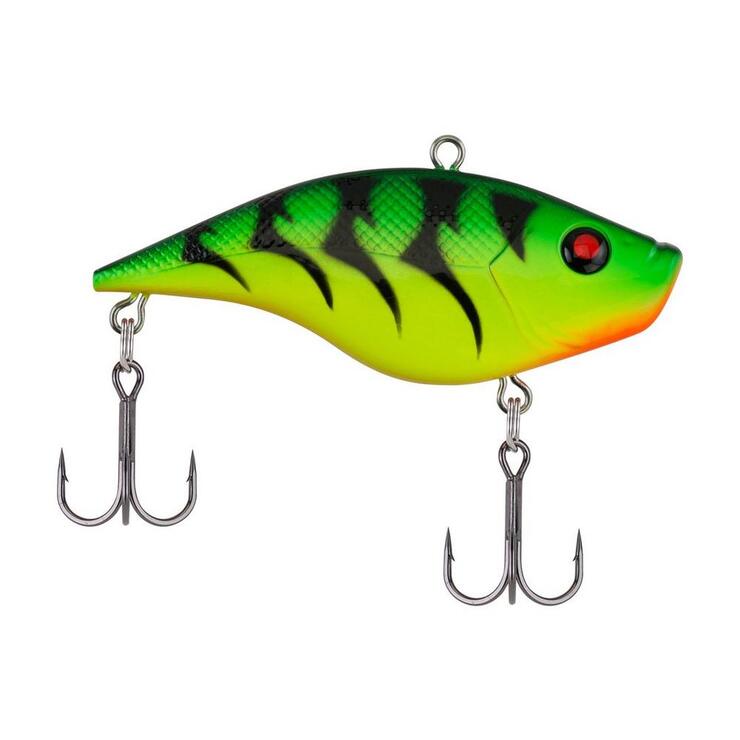
For walleyes I’ll drop the lure to the bottom, lift it a foot or so and hold it still for a second or two, let it fall back down, pull it up again, let it flutter down and so on. This slow, deliberate approach results in some incredibly bone-jarring hits from cold water walleyes through the ice
Now let’s take it over to the lake trout spectrum. Say you’re marking some lake trout on your graph and, as you’re lowering your bait down through the hole, you start to see that streak coming up. That’s when you want to engage your reel and start to reel the lure up on a medium-fast retrieve. Once lake trout get committed to chasing the bait it’s almost like they can’t stop themselves and they will come up and just hammer it as it’s moving vertically.

There’s an example of how we’ve used the same type of lure with two different techniques, one passive and one aggressive, through the ice. Now let’s take that same lure and apply it to open water conditions.
Lipless crankbaits can be dynamite when they are used to cover sparse weed flats for largemouth bass and the larger versions are great for northern pike and even muskies. You just cast the lure out and then reel it in on a medium to medium-fast retrieve. This type of approach can catch a lot of aggressive fish because it covers massive amounts of water.
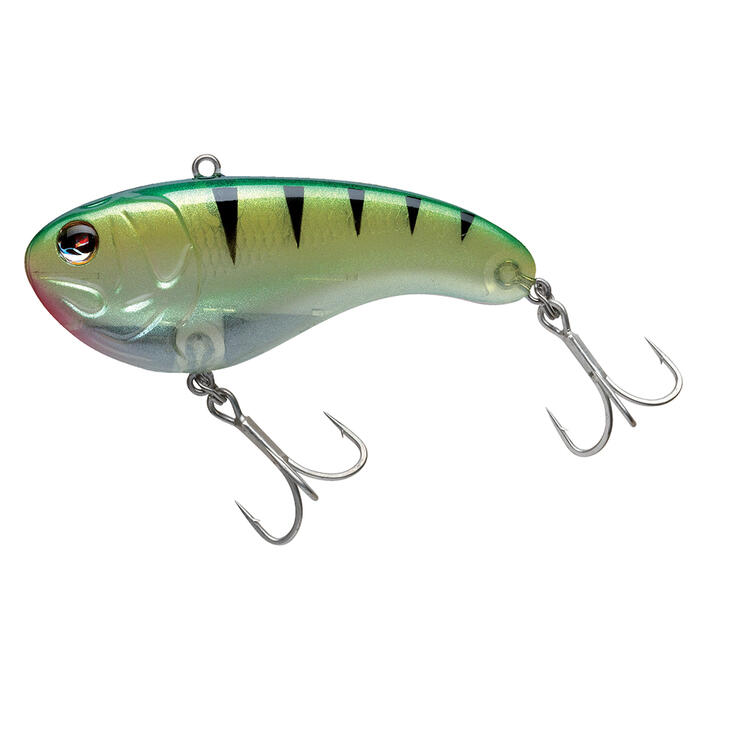
We use these same lures with a slightly slower retrieval for walleyes in the warmer months. We also use them with long casts and a fast retrieve to cover water and catch monster smallmouth along points and over rock shoals and shorelines. At times we’ll let them sink to the bottom and “pop” them back to the boat in an aggressive jigging motion that gets big smallmouth to crush them. We’ve even used these lures as rip-jigs by casting them into sparse weeds, letting them sink down, ripping them out, letting them flutter back, ripping them out again and so on. This tactic gets a lot of those aggressive, reaction-type strikes. It doesn’t matter if it’s bass, walleye, pike or muskie, lipless crankbaits are great open water lures that can be used aggressively or passively, through hard water or in open water, and for multiple species simply by changing the way they’re used.
I always say that you shouldn’t get stuck in a rut when it comes to fishing, and experimenting with your lures is a big part of that. Let the conditions and your imagination be your guide and you just might invent the next hot crankbait tactic!
Find Fishing Trips In Northern Ontario By Visiting
Recommended Articles
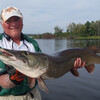
Destroying Fall Muskie Myths
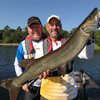
20 Years With Fish TV!
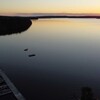
Summertime Walleye
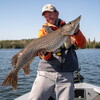
Trophy Fishing in Northern Ontario
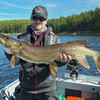
Flying in for Ontario Northern Pike
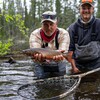
In Search of Brookies
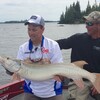
3 Secret Tips for Landing Ontario Muskies
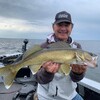
The Inside Scoop
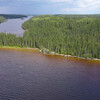
Off-Grid Ontario Fishing Adventures

Drive-to Ontario Lodges
Brennan Harbour Resort
Sniping For Lake Trout
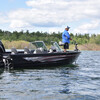
The Best of Both Worlds
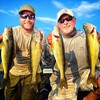
Walleye Sunsets
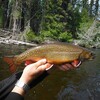
Terrestrial Flies for Brook Trout

Choose your Fishing Adventure: 39 Lodges Accessible by Train, Plane, Boat, and Automobile in Ontario
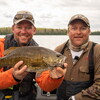
5 Tips For How to Hire A Fishing Guide

Early Summer Muskies
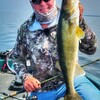
Your Lake Nipissing Getaway Awaits
